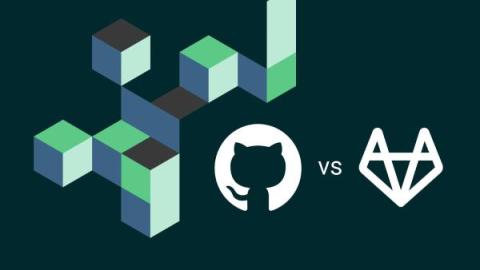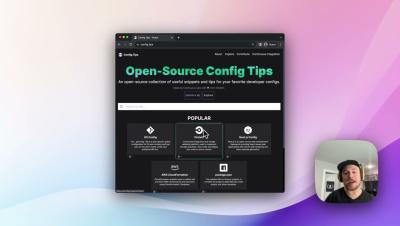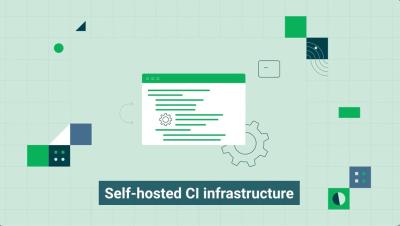An update on CircleCI's reliability
This month, we’re focused on sharing a more comprehensive picture of our reliability and availability. We experienced 6 extended incidents, 2 of which were due to an upstream third party. While we always want to be transparent with our performance against our stated goals, it’s crucial to note that, while they lasted 60 minutes or longer, the impact of these August incidents on our business operations was relatively minimal.













